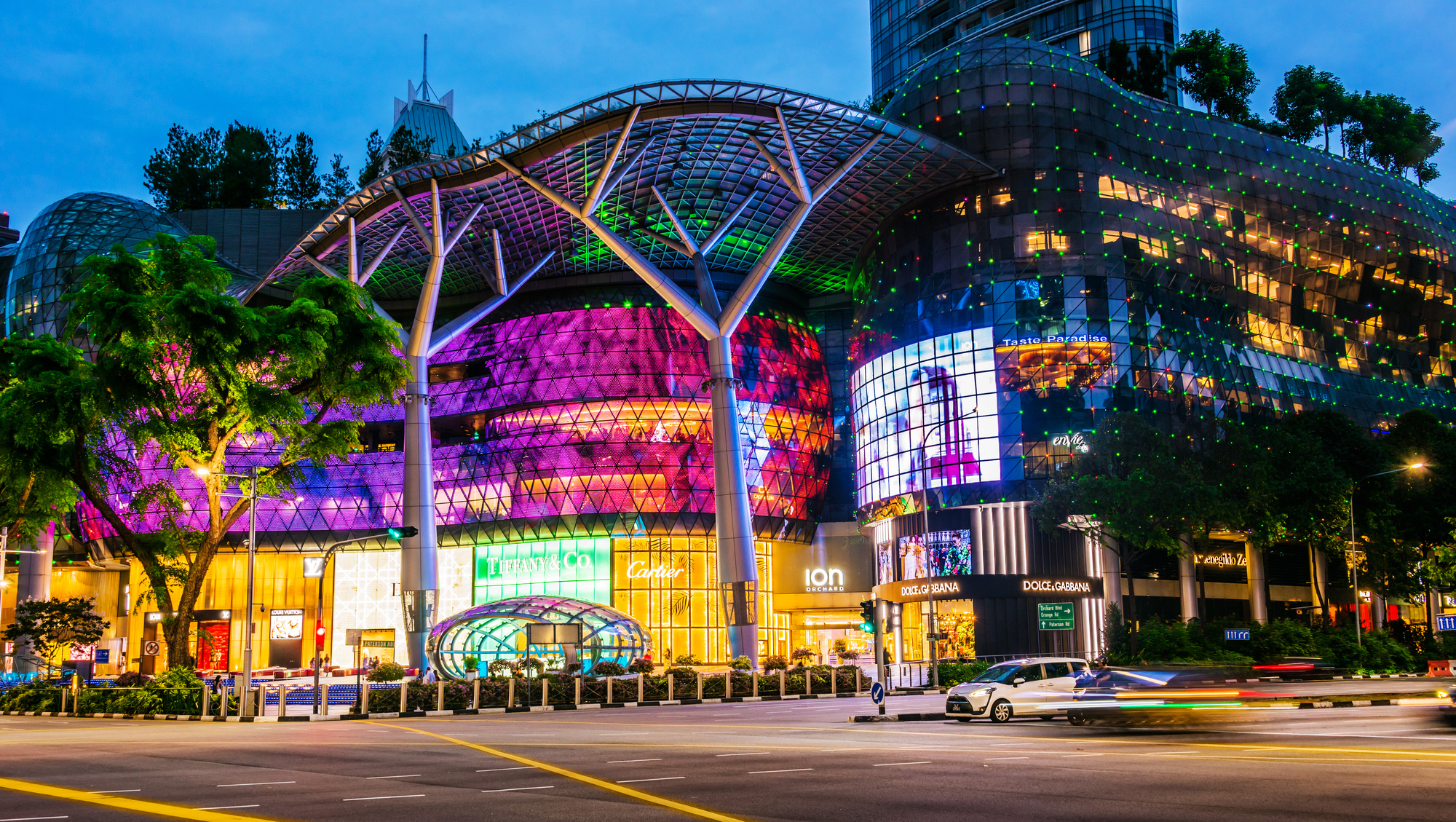SINGAPORE: Shopping malls and brands in Southeast Asia are urged to combine entertainment, technology, and authenticity to stay ahead in the competitive retail market post-pandemic, experts from a report by Canvas8 said, released on Nov 12.
The report, How Southeast Asia’s Malls Are Evolving Post-Pandemic, authored by Angel Martinez, includes insights from experts such as industrial designer and experiential marketing specialist Diego Azevedo, digital strategy and operations consultant Donnah Montemayor, and Aaron Henry, head of the Bangkok-based agency Foundeast.
Malls becoming “all-in-one” destinations
According to the report, as immersive, technology-driven experiences became the norm, malls and brands changed how they attracted customers, focusing on bringing them back to physical spaces while staying competitive online.
Mr Henry said shopping malls have always been central to vibrant and popular destinations in Southeast Asia.
After the pandemic, physical retail spaces naturally revived, becoming ideal hubs for community and shopping, mixing retail and entertainment, which Mr Henry mentioned as “a trend that is reshaping how brands connect with consumers.”
With features like Olympic-sized skating rinks and indoor farms, malls have become all-in-one destinations. Mr Henry explained this shift is driven by the region’s growing middle class and demand for all-in-one destinations.
“It’s why we have indoor theme parks, cinemas, and even cultural events and interactive exhibitions now. These spaces must reflect the culture, interests, and needs of the specific location or community,” he added.
Technology transforming mall experiences
The use of augmented reality (AR), virtual reality (VR), and artificial intelligence (AI) are no longer exclusive to luxury brands but are now essential for creating immersive and memorable mall experiences.
Brands that use these technologies effectively attract visitors and encourage them to return.
Advertising consultant Ms Montemayor said, “Cutting-edge technology really draws a crowd.”
However, she pointed out that while people loved advanced technology in shopping, using it just for social media wasn’t enough.
She explained that brands needed to make it a real part of the shopping experience “rather than just using it for surface-level promotions or Instagram clout.”
For example, Singapore’s ION Orchard Mall marked its 15th anniversary with an AR game offering rewards from retailers—the same as how the Philippines’ S Maison introduced an immersive art museum with 3D holographic displays.
Luxury sector booming by shifting to “phygital” experiences
The luxury sector is also booming by offering customers “phygital” (physical + digital) experiences. According to the report, Southeast Asia’s luxury market is expected to reach S$16 billion in 2024.
Mr Azevedo, design director of Singapore-based EID Studio, explained that these experiences “allow customers to make use of all five senses so they can recognize the value in their products and justify the investment they’re about to make and appreciate the compelling story that went behind it.”
Mr Henry added, “Southeast Asian shoppers, specifically, are drawn to these unique, themed environments with storytelling, performances, or high-tech projections that they want to observe and participate in.”
To stand out, brands are focusing on exclusivity and storytelling. For example, Siam Piwat in Thailand launched JAI by OneSiam, a luxury club with exclusive pop-up stores and events, while Dior and Hermès held cultural pop-ups in Singapore to captivate their audience.
Southeast Asians, especially younger generations, value loyalty programs that offer more than just discounts, they seek genuine engagement, the report said.
Ms Montemayor explained that a simple annual “happy birthday” message does not build loyalty. She said that brands that create meaningful interactions and experiences will build a stronger, more loyal customer base.
“Brands must go beyond that, gathering data little by little to create a more holistic understanding of their market so they can create the necessary customer profiles in their database.”
For malls and brands aiming to stay competitive, blending entertainment, technology, and authenticity is key.
As Southeast Asia’s retail spaces evolve into hubs for self-expression and community, focusing on experiential storytelling, malls must constantly adapt, shifting from passive consumption to spaces for self-expression and connection, Mr Henry said.
Nick Morris, UK-based founder and managing director of Canvas8, added:
“As the retail landscape continues to shift in Southeast Asia, the region’s malls are proving to be far more than just places to shop—they are becoming spaces to experience, connect, and create.
Brands that embrace these changes will find themselves well-positioned to thrive in the next era of retail.” /TISG
Featured image by Depositphotos

